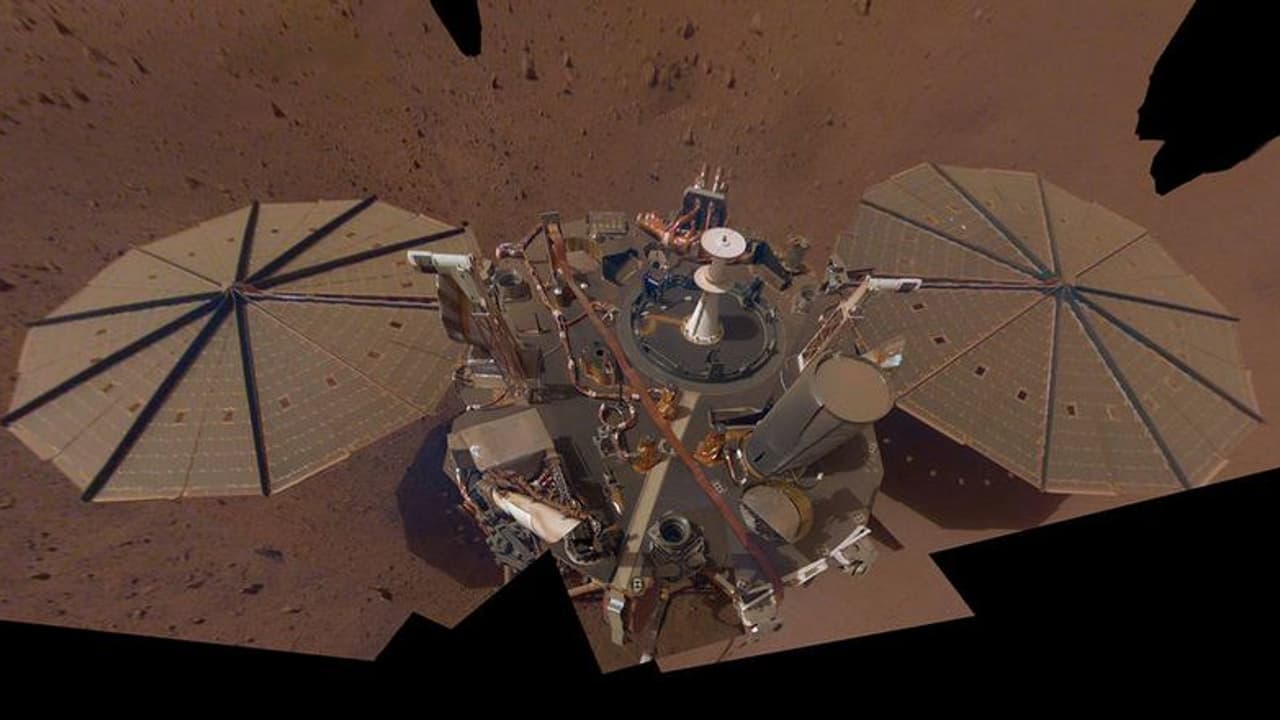The NASA probe has recorded the most significant and longest-lasting quake on Mars, reaching magnitude 4.2 and causing to shake for over an hour and a half.
The InSight lander, which has its ears attached to the Martian ground, has picked up on some of the most significant rumblings under the surface. The NASA probe has recorded the most significant and longest-lasting quake on Mars, reaching magnitude 4.2 and causing to shake for over an hour and a half. The September 18 quake marks the lander's third significant occurrence in less than a month. On August 25, InSight observed two earthquakes with magnitudes of 4.2 and 4.1 on its seismometer. According to NASA, the September 18 magnitude 4.2 quake had five times the energy of the mission's previous record holder, a magnitude 3.7 quake recorded in 2019.

According to experts, the magnitude 4.2 event happened around 8,500 kilometres away from InSight's present position, making it the farthest distant temblor observed by the lander thus far. Scientists are now attempting to locate the epicentre of the quake, which they believe occurred too far away to have originated where InSight has recorded nearly all of its prior big quakes. "Despite their differences, the two August quakes do have something in common other than being large: both occurred during the day, the windiest and, to a seismometer, noisiest period on Mars," NASA stated in a statement.
Also Read | It's official: NASA confirms Perseverance Mars Rover gets 'one-of-a-kind' Martian rock
Insight was created to provide the Red Planet, which formed approximately four billion years ago, with its first complete examination. It is the first outer space robotic explorer to examine Mars' "inner space" — its crust, mantle, and core — in deep. In 2018, the lander arrived at its target. After researchers conducted a hack on the rover's solar panels, which had been coated in dust from Martian winds, they were able to recover the rover's power demand. Engineers were able to trickle sand off the panel using the robotic arm, allowing Martian wind to take the remnants away. The lander received 30 watt-hours of energy each sol, or Martian day, as a result of the little improvement.
